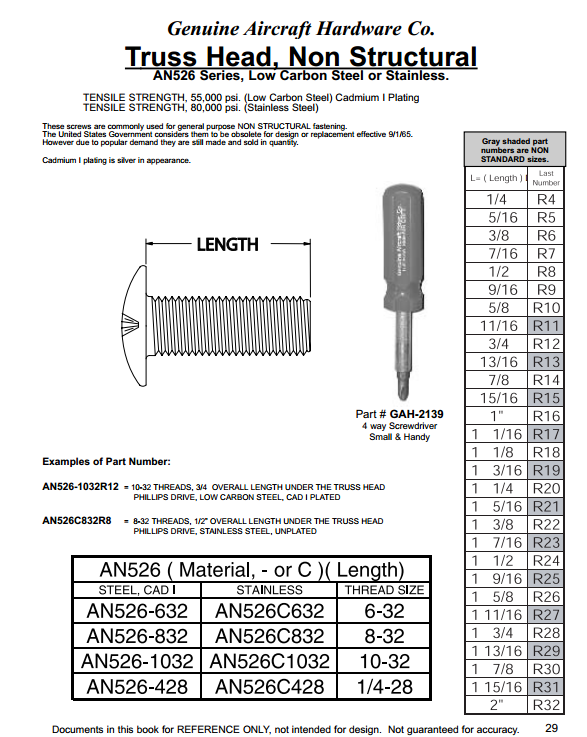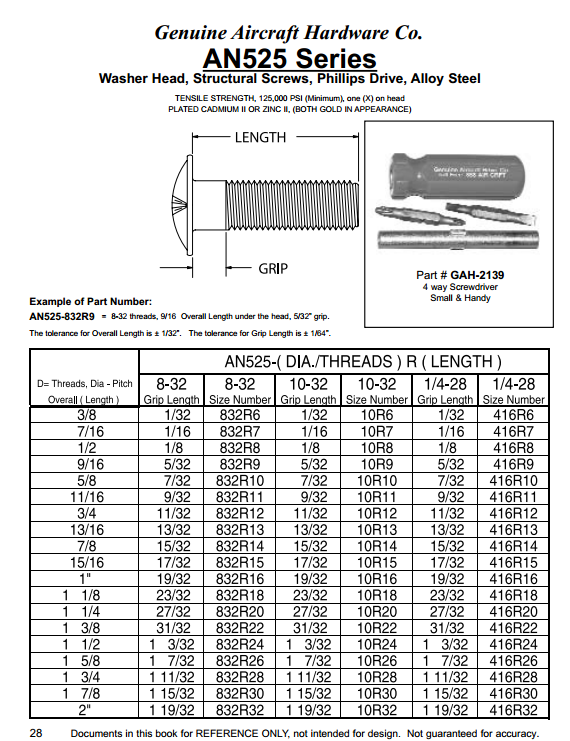-
Posts
5,297 -
Joined
-
Last visited
-
Days Won
78
Content Type
Profiles
Forums
Gallery
Downloads
Blogs
Events
Store
Aircraft
Resources
Tutorials
Articles
Classifieds
Movies
Books
Community Map
Quizzes
Videos Directory
Posts posted by old man emu
-
-
Not so silly to have training aircraft coloured yellow. Our Learner's plates have always been yellow.
And why not use something simple like a Foxbat for ab initio training? Nobody ever takes their first lesson in the most technically advanced vehicle available. Foxbat up to RPL, then something with CSU, moving on to CSU plus up-and-down Dunlops. Then onto Navs.
-
 1
1
-
-
An interesting video.
-
 1
1
-
 1
1
-
 2
2
-
-
The Australian Skills Quality Authority approved training package for a Commercial pilot's licence is here: https://training.gov.au/Training/Details/AVI50219 It has a link to RTO's who can deliver this course. If you do the course through an RTO, you can get VET fee assistance, provided you meet the criteria.
The ASQA package is only part of the training to obtain a CASA licence. There is also the practical side of things. You would also have to find a training organisation that is approved to participate in the ASQA training package.
Commercial pilot licence (CPL)
To obtain a commercial pilot licence (CPL) you must be at least 18 years old and successfully complete an integrated or non-integrated course of training. Integrated courses require (amongst other things) 150 hours of flight time for the aeroplane category rating and Non-integrated courses require 200 hours for the aeroplane category rating. The theory exams must be completed within a two-year period to remain valid.
Before you enroll in the ASQA training, make sure that you have obtained your Class 1 medical clearance. No good starting off if you are going to get knocked back on a medical issue.
You are wise to be wary of the Flash Jacks who are new to aviation and whose eyes are fixed on their Bottom Line.
-
Here's another example of people believing that there is no solution to a problem. It's not an impossibility to start fitting seals and exhaust valves that will accept ethanol in fuels. If the Brazilians are use 80 to 100% ethanol, what have they done to their engines to deal with the problem?
I had the exhaust valve seats of my bike's engine fitted with seats that will handle the higher temps of E10, but I still use 91 octane out of habit.
It is interesting to see how plant fibres are coming back into vogue for all sorts of things. There's culery and pilliow and chopping boards and even underdaks made from the stuff. Sugar cane stems are another new source. And don't forget hemp and flax make great cloth. We might give cotton a miss due to the high usage of nasty chemicals in its production.
-
 3
3
-
-
If it's our coal and natural gas exports that are major contributors to atmospheric CO2 increase, then the only moral thing to do is to stop gathering the stuff and exporting it. Any failure to take that course of action is immoral.
Of course you and I, and the rest of the Public can't do anything like that because we lack the Power and money to make anything happen.
-
 1
1
-
 1
1
-
-
I don't know how accurate this, from an article about boat engines, is Petrol engine 4-stroke inboard or outboard 100 HP: 30-38 liters / hour or 34 liters / hour on average. Mémotechnic: petrol engine consumption = 1/3rd of the power, but it sounds reasonable. Some expert here will correct my assumption.
So, the boats we see on trailers in front yards, and on coastal highways during the holidays cost about as much as a two-seater puddle jumper that we fly. They use about the same amount of fuel as our planes. So why should owner/pilots be singled out as environmental rapists?
-
 2
2
-
 1
1
-
-
If you applied for your ARN after 2 July 2018 you can check the number of your ARN by logging into our ARN online application portal.
If you got your ARN before 2 July 2018, you can email us at [email protected] to ask us to provide you with your ARN.
-
Before looking for new ones, post a Wanted ad here. A few blokes have completed their RVs and might want to clear out their workshops.
Failing that, PM me and I'll give you some contact details.
-
Can you look for your ARN on the CASA site? I may have been issued with one when I did the DAMP Supervisors' Course.
-
I got my licence way back when. Is my licence number now my ARN?
How can I find out?
-
Shame it doesnt seem to say any of that online on their webpages
Yeah. What's the link to the medical questionnaire? I've got to do my annual Ausroads medical next month and it would be good to kill two birds with one stone.
-
What a crying shame that the builder has to sell this. It oozes TLC.
-
 1
1
-
-
Did you mean "LEAD" or "LED", as in Light Emitting Diode?
I just can't resist being punny.
when the panel is tightened up the screws protrude a good 5mm beyond the end of the nut plate.A good 5 mm is 3/16", or so. That means that you have nearly as much thread gone through the nut and out the other side as is inside the nut doing the work. The nuts might be open-ended, but they are also oval so that the nut gets a good grip on the screw. By running the screw as far as you have done, you are rounding the oval and reducing the holding ability of the nut. You are giving the screw the chance to loosen with vibration, although in this location you will notice it and can access it easily for re-tightening.
If a 10R7 has an overall length of 7/16", and you have about 3/16" protruding from the bottom of the nutplate, then I suggest you buy some AN526-1032R4, or even R5 screws to use with those nutplates. Length of R4 is 1/4" and R5 is 5/16"
AND PLEASE STOP USING THE METRIC SYSTEM WHEN MEASURING AN, MS, or NAS HARDWARE. ?
-
-
BTW, grip lengths are not measured in thousandths of an inch, but the far more masculine 1/16 or 1/8

Or even 30tooths. I just used the decimals for easier computation.
-
I can see 5 threads not into the nut before it has bottomed out.
/monthly_2020_01/20200117_103235.thumb.jpg.5003b9018896ddb1ab5748fe624c6176.jpg
That's 5/32" plus the grip length of 2/32. 7/32 = 0.71875" Marty says he's fastening two sheets with a total thickness of 0.065". He only needs the grip length of the AN525 to fill the hole space in the two sheets. Then he only needs a threaded length which is enough to go to the bottom of the nutplate. 10R7's are obviously too long since the threaded length is 3/8". A 10R6 has a grip length of 1/32" and a threaded length of 11/32. To use a 10R6 would mean that one thread of the threaded length would be in the hole through the back sheet. That leaves 10/32 (5/16) of thread to go through the nutplate.
Until Marty can tell us the length of the threaded section in the nutplate (measured in 1000th's of an inch, none of your poofy French stuff) we can't determine the correct length for anything that he wants to screw into the nutplate successfully.
-
Dzus fasteners are great for access panels, but Marty is simply fixing a panel that he "might" want to remove once or twice in the life of the aircraft.
I'm still betting on the screws he is using being too long for the nutplate.
Marty,
If you are scratch building, how did you determine that you needed and AN525 as opposed to another type of screw?
-
to attach a 0.040" instrument panel to the standard 0.025" panel
0.040 + 0.025 = 0.065" which is approximately 1/16" (0.0625) or 2/32" or two threads.
What is the length of the threaded section of the nutplate? Let's call if "X"
The minimum length of the screw needs to be "X" because the grip length of the 10R7 is 1/16" which will be taken up the thicknesses of the two sheets it is going through.
The shortest overall length for an AN525-10R* screw is 3/8". AN525's are for structural work and have a tensile strength of 125,000 psi. What you are wanting to fasten together is not structural, so you could go to an AN526 non structural screw with a tensile strength of 55,000 psi. Also the 536's come in 1/4" and 5/16" overall length. The screws are either low carbon, Cadmium I plated (silvery) or stainless steel (shiny). The SS screws (AN526C) have a tensile strength of 80,000 psi, which is of little consequence for your use.
Don't forget that these nutplates are self-locking. The threaded section is oval in shape. That is what is making it hard for you to get the 10R7 length all the way through.
-
 1
1
-
-
For starters, throw away any Metric measuring device you have. AN, MS and NAS hardware is all Imperial measurement.
Looking at the labeling on the packages, I'm happy that these parts are fair dinkum and traceable via the Invoice number.
The letter "L" indicates that the lubricant in these nutplates is black moly grease, so they should not need any other lubricant.
How many threads are NOT going into the nut plate? 5 threads on a 32 TPI screw is 5/32", or about 1/8". A 10R7 screw has an overall length of 7/16" and a grip length of 1/16". That gives a threaded length of 6/16" (12/32"). You should have 7 threads out of the nutplate, plus 1/16" unthreaded.
I suspect that your assembly instructions call for AN525's, but I suspect that AN526 in a shorter length would do.
What exactly are these screws securing, and to what?
-
 1
1
-
-
Without wanting to insult you, Marty, but what side of the nutplate are you screwing in the screw from? Have a look at this EAA video on how to set a nutplate:
and see which side the screw goes into.Also the AN525 screw is a structural screw, which means that there is a section of unthreaded shank between the underside of the head and the start of the thread. In a 10R7 screw that unthreaded length is 1/16". Is it that unthreaded section that is stopping the screw going home? If so you should be using a Truss head, Non Structual screw AN526-1032R7
There's no way that Aircraft Spruce and Specialty would have metric hardware, and definitely no Chinese knock-offs.
AN525-10R7 = Washer head, structural screw, Phillips drive, 10-32 (0.19" major diameter - approx 3/16"; 32 TPI; Grip 1/16"; Overall length 7/16"
MS21075L3 = Mini Floater Nutplate; steel; black moly; 10-32 thread size; Rivet Hole Style Not Dimpled; Rivet spacing 0.5"
CCR264SS-3-XX = Nutplate rivet; Steel; Flush head 100* head; Nominal rivet diameter 3/32"; Hole drill size #40; XX = Grip length
-
Crap nut plates? First question, did the nutplates come with traceability documentation? If you got them from a reputable supplier such as Aviall, Edmo Australia, Spruce and Specialty, the paperwork will have a reference number called a GRN or a Tracking Number. If this information was on the invoice for both the nut plates and the screws, then they are aircraft quality.
As for the rivets you are using, the correct nutplate rivets for that size nutplate is CCR264SS-3-XX, where XX is grip length.
-
Too true, but trying to get a TAFE to take on another Diploma course might prove difficult. TAFEs are dropping a lot of courses due to small class numbers. Try to find a TAFE that will deliver a course that is not apprenticeship-related.
-
I don't think you need to go to a TAFE to do the theory part of the diploma. If the diploma training materials are well designed they can be delivered by pretty much anyone who has a Cert IV in Training. All the RTO has to do is obtain approval to include the theory material in its course.
There has been some tightening of approval requirements for new RTO's
It is no easy task to get through the approval process, and a small company would have to invest a lot of time and money in simply preparing an application. Most established small schools would not have the money behind them to spare. Even after being granted RTO approval, getting students and providing for their living needs would be a difficult task.
Once again, Australia suffers because of its inability to avail itself of Economies of Scale.
-
The business premise is based on publicizing the fact that there is a Worldwide shortage of pilots with commercial qualifications. Therefore, there is a supply and demand situation that is out of balance. If there is a strong demand, then a career as a commercial pilot seems a reasonable consideration for a young person. However, the VET fee assistance scheme is the only way a young person could finance an course that costs more than $50,000 to complete, without trying to secure a personal loan - an impossibility.
The only way to get VET assistance is to go to an approved training organisation - RTO. Getting such an approval is difficult and expensive for existing flying schools which would be quite capable of efficiently delivering the practical side of the pilot's licence course, but would face a big problem in providing the Theory side to the required standard.
Obviously our entrepreneurial friend has studied the system and worked out how he could line up an RTO to provide the theory side under its registration, and he would provide the practical side. I'm reckon most of those who signed up with our friend were able to complete the Theory side successfully through Box Hill TAFE. It seems to be the way he handled his side of the bargain that raised questions of ethics.
This case has thrown light on obvious mismanagement by those responsible for issuing the finance.
-
 2
2
-





Soar Aviation and Box Hill Institute lose accreditation
in Student Pilot & Further Learning
Posted
Doesn't one progress from Student to Restricted, to Unrestricted to CPL during one's career training? The Student phase is where you learn the basics of flying. The PA-28 had a manual flap operation with a big lever on the floor. Once a person knows the basics of flying a plane, the idiosyncrasies of other makes and models don't take long to pick up.